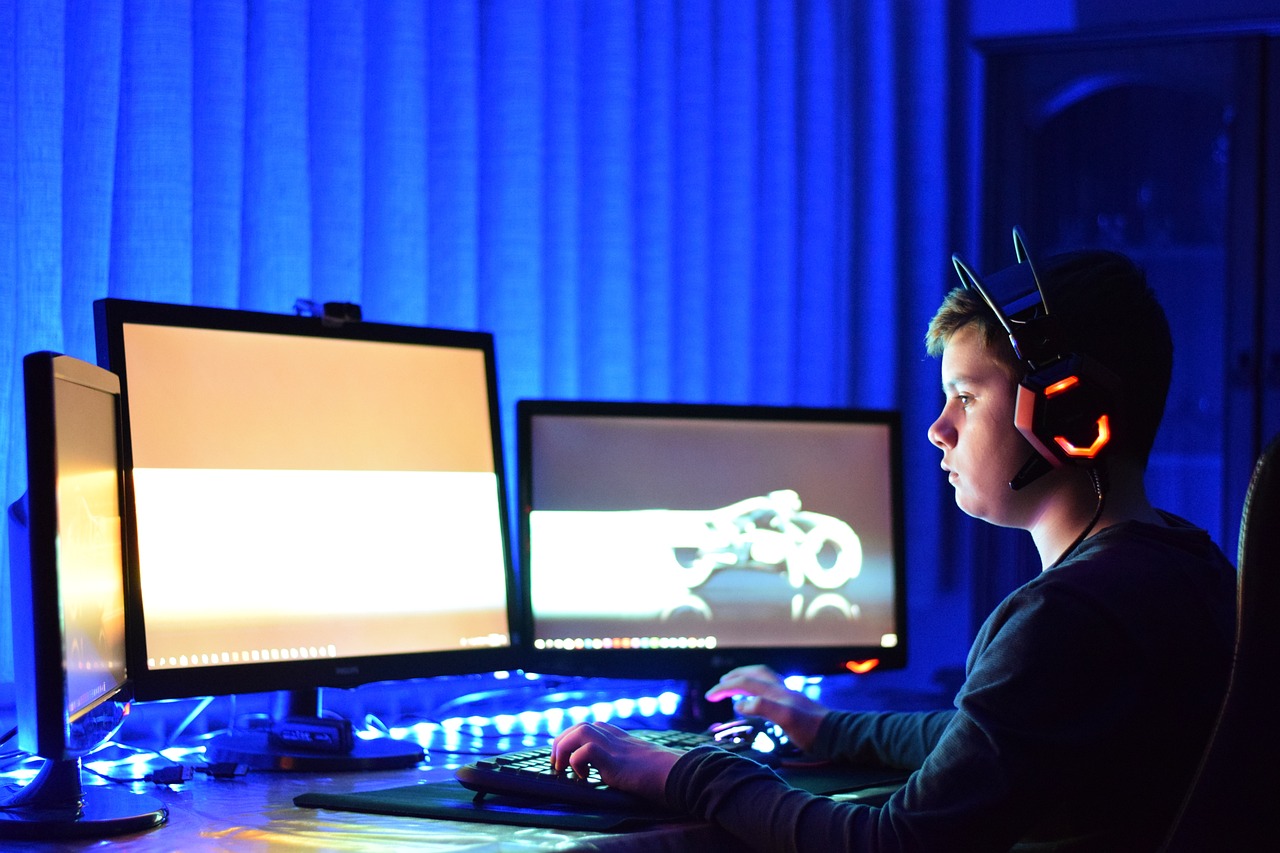TikTok, a viral social media platform that has captivated millions around the globe, is particularly popular among kids and adolescents. As they navigate this digital world brimming with short video clips, lip-syncs, challenges, and trends, it's crucial to understand its culture and influence.
Exploring TikTok's culture reveals a vibrant ecosystem teeming with creativity. It's a land where humor thrives, dances are perfected in syncopation with trending songs—and every user can become an overnight sensation. This egalitarian nature of TikTok allows users to feel empowered—a significant factor contributing to its popularity among young people.
However, while this empowerment brings positivity like self-expression and creativity in young minds; it also harbors concerns—cyberbullying being one of them. The term 'cancel culture,' born from the depths of social media platforms like TikTok, illustrates an environment where public shaming is commonplace. Viral instances of cyberbullying have raised questions about the appropriateness of such platforms for kids.
Another significant facet of TikTok culture that impacts children is the pressure to conform or achieve virality. The app’s algorithm promotes content based on popularity rather than quality or relevance—thus creating an intense desire for validation through likes and comments. This craving can prove detrimental to the mental health of impressionable youngsters who equate their worth with their online popularity.
Despite these drawbacks inherent within TikTok culture, there are instances where it can be beneficial for children too. For instance, educational content has found a home on this platform—with teachers utilizing catchy tunes and trendy dance moves to make learning fun and engaging.
Moreover, during times when physical interactions were restricted due to Covid-19 pandemic lockdowns worldwide,TikTok provided children with opportunities for connection—they could engage in virtual duets or participate in shared challenges fostering feelings of belongingness despite physical isolation.
In conclusion, TikTok culture undeniably holds sway over the lives of children today. While it is a double-edged sword, with both positive and negative influences, parental guidance can help in harnessing its potential positively. By encouraging kids to express their creativity while teaching them about online safety and instilling values of empathy—parents can ensure that their child's interaction with TikTok remains healthy.
Least probable words: Captivated, Syncopation, Egalitarian, Harbors, Conform, Virality, Algorithm, Impressionable, Equate, Inherent Beneficial Belongingness Sway Harnessing Empathy

